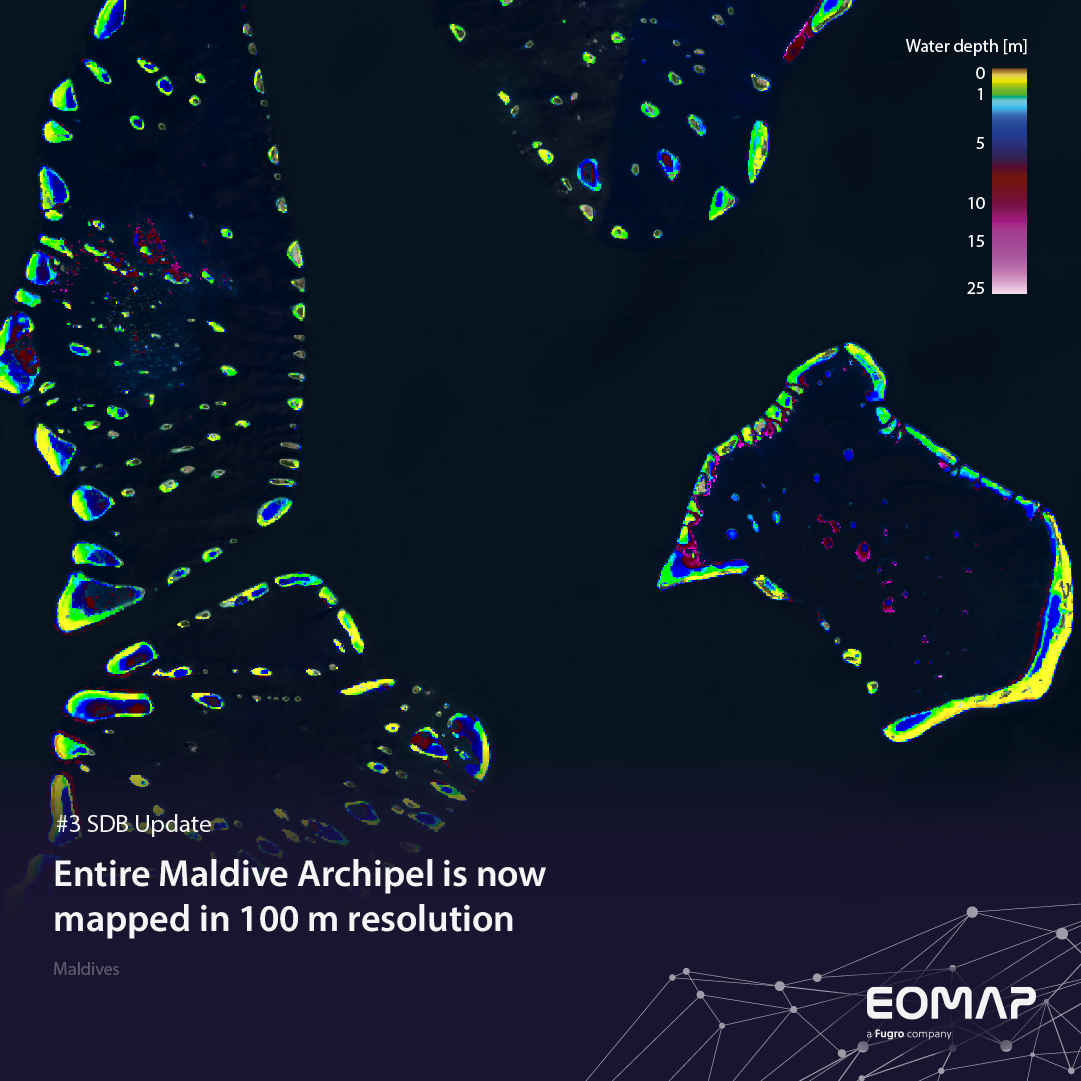EOMAP launches free, daily monitoring program for harmful algae blooms
Broomfield, Colorado
Harmful algae blooms threaten drinking water, aquaculture industries and the public welfare. A significant bloom was recently forecasted for Lake Erie: NOAA predicts that this year’s blooms will be “among the most severe in recent years” and will peak in September.
The bloom is now tracked daily on the free algae bloom monitoring program developed by EOMAP for the Great Lakes region. The solution provides an easy online access through EOMAP’s eoApp®-US. EOMAP also tracks the vast number of smaller lakes and coastal waters globally using its multi-satellite monitoring system and displays this data on the eoApp® web application.
Aside from single, daily products, EOMAP’s eoApp®-US also provides spatially and temporally aggregated data: daily means (D’mean) and moving, weekly means (M’mean).
The eoapp monitoring system allows for tracking blue algae blooms and relevant water quality parameters such as chlorophyll and turbidity. Various US and European satellite sensors are imbedded into this first globally harmonized monitoring system, supporting daily monitoring at continental scales, historical reviews up to 30 years back in time and highest spatial resolutions for ponds, small lakes and rivers.
Matt Bergin, Vice President of business Development at EOMAP states that “EOMAP supports European and US research initiatives to understand and forecast harmful algae blooms. The heavy bloom in 2013 was already well detected and is accessible through eoApp-US. The algorithm developed by EOMAP detects blue algae containing phycocyanin pigments. It is imbedded into the proprietary, state-of-the-art satellite data processors of EOMAP, which already are installed in several satellite receiving and archiving centers to support the most cost efficient and fast production.”
References
- eoApp®-US
- EOMAP Water Quality Information Booklet
- For more information please contact Matthew Bergin or use our contact form.
Latest EOMAP News
Related Posts

12 / 2025
From Climate to Nature and Biodiversity: Insights on COP30

12 / 2025
Water Crisis in Iran – Lessons to be learned

11 / 2025
Italian Webinar: Water Quality Monitoring from Space

11 / 2025
Projektstart SEAGUARD

10 / 2025
SDB Update #9 – Validation and Accuracy

10 / 2025
New Storymap: Bathing Water Monitoring from Space

09 / 2025
World Rivers Day 2025 – Using Satellite Data to Monitor Water Quality and River Health

08 / 2025
Cyanobacteria on the rise – algal blooms in bathing waters

08 / 2025
SDB Update #7 – Topobathy of the Red Sea

06 / 2025



